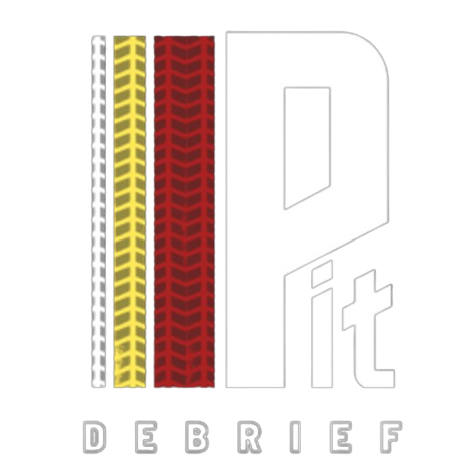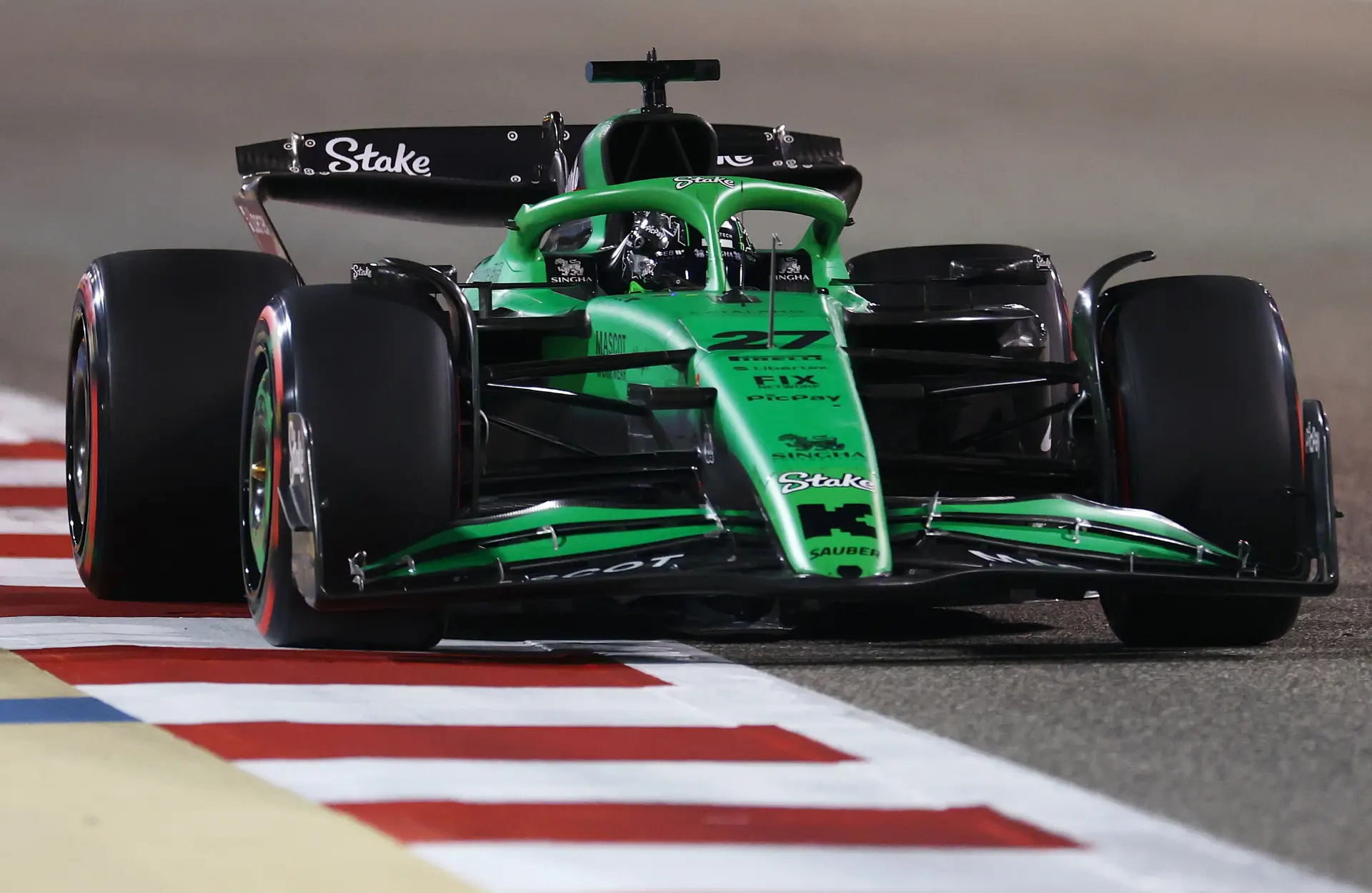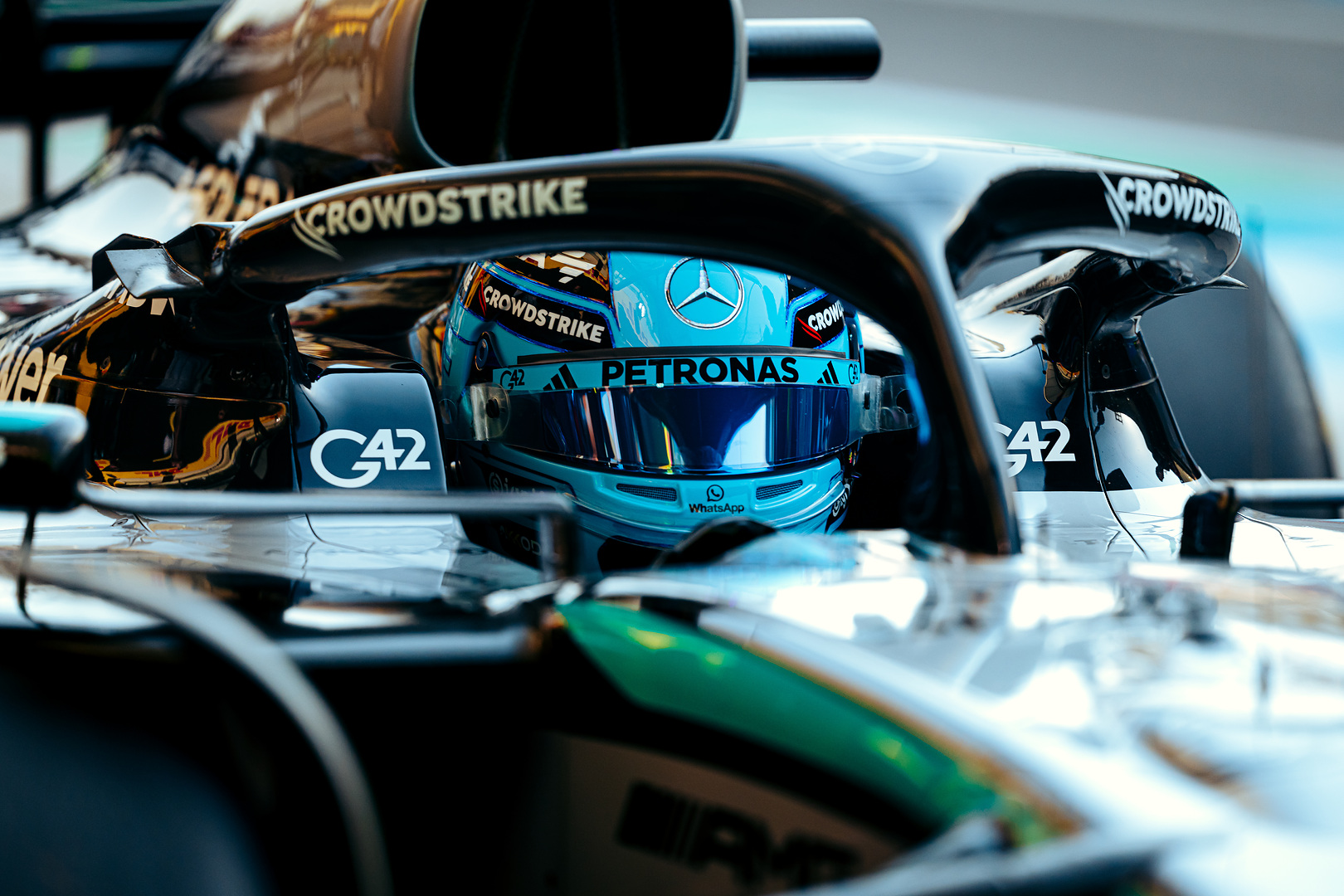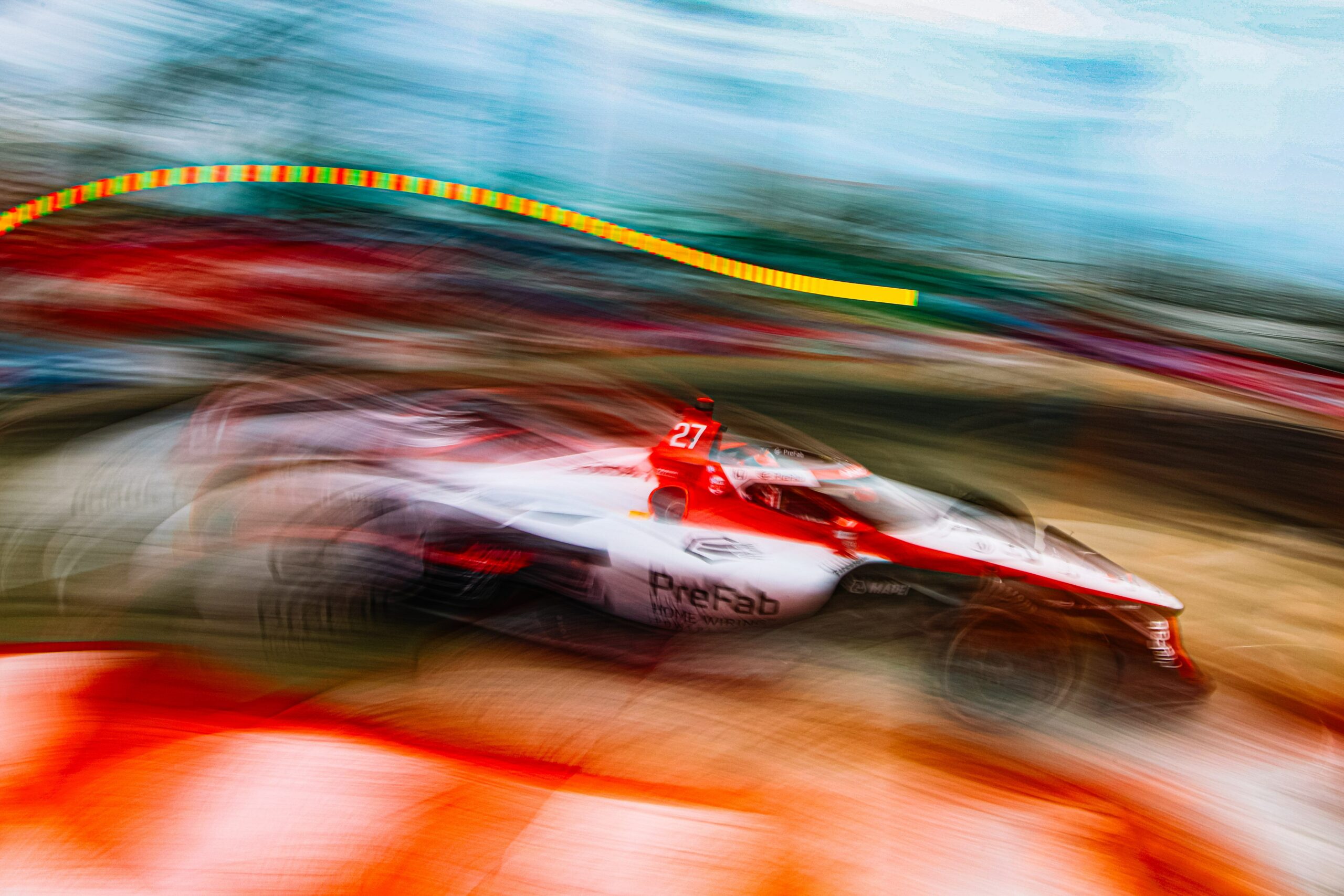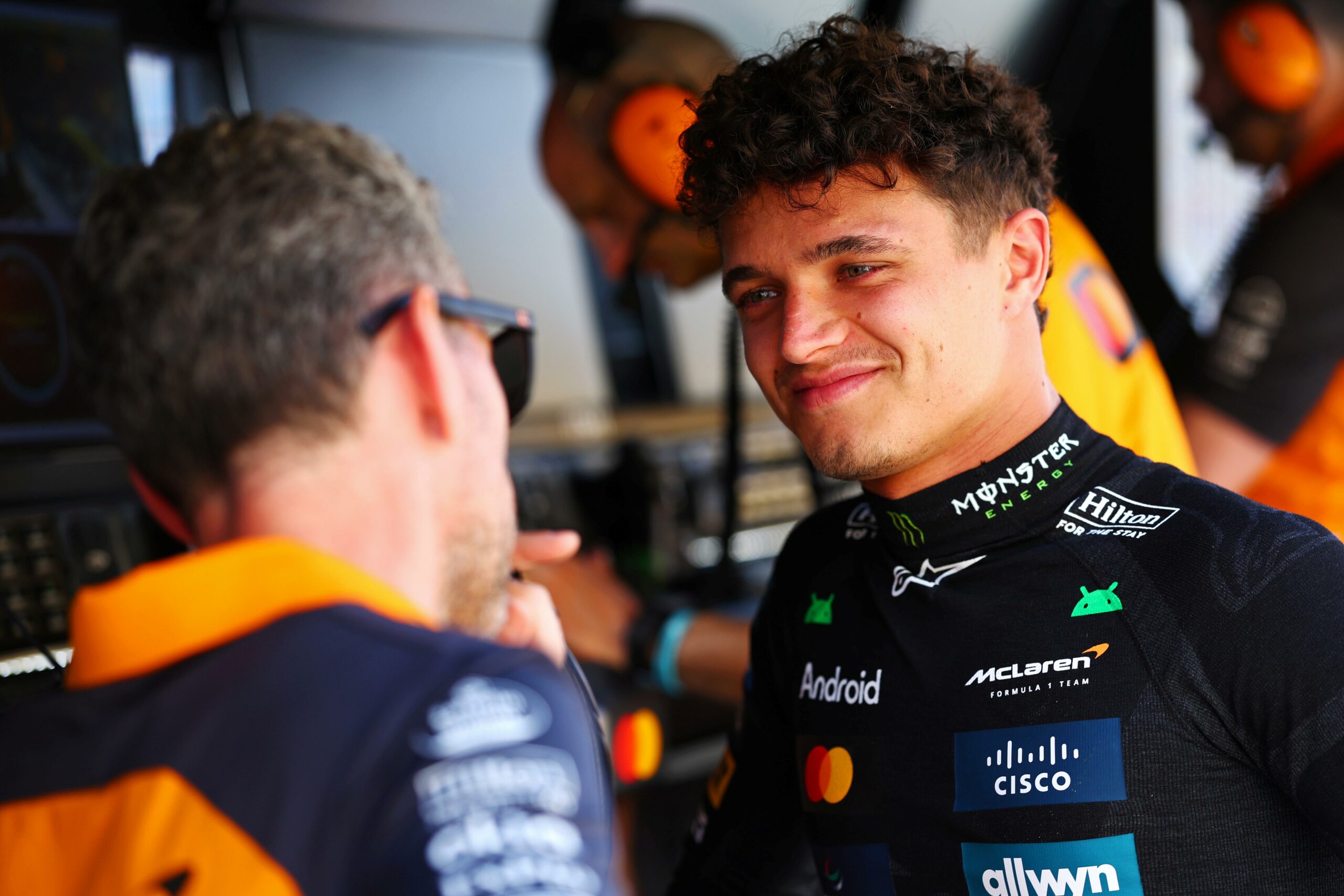The FIA has admitted to have made a mistake by taking over 45 minutes to delete a lap time from Nico Hulkenberg’s last Q1 attempt in qualifying for the 2025 F1 Bahrain GP.
The German had set a time of a 1:31.998, good enough for 15th place in his final run in Q1, and was 0.042s quicker than Alex Albon’s Williams, the first of the cut-off zone, in 16th.
The 45-minute delay in the lap time deletion for Hulkenberg
However, Hulkenberg’s lap was then deleted 45 minutes after it had been set. As the drivers reached for the end of the pit lane to start Q3 (which Hulkenberg wasn’t a part of after being dropped out in Q2 with a 13th place), the message came through from race control and the FIA that car #27 had his lap time deleted, which demoted him down to 16th place with his previous best time.
That meant Alex Albon should have been 15th in Q1, and lost the chance to go through to the next segment of qualifying and fight for a higher spot on the Bahrain GP grid.
James Vowles’ assessment of “frustrating” situation for Albon
Speaking directly after the session, Williams team principal James Vowles did not hide his frustration at the tardy nature of the decision, and wanted answers as to why the FIA took so long to get Hulkenberg’s time out of the board:
“Yeah, I’m not feeling good about this,” said Vowles. “It’s frustrating. Obviously, the track limits are analysed live, but the result for Hulkenberg came way after we would have had an opportunity to go to Q2, and today Alex [Albon] had the pace to make it all the way to Q3.
“What we need to understand, and I’m waiting for a report from the FIA, is why was this analysed so much later than that, because it’s not one position gained, it could be many positions.”
FIA mishap wasn’t wholly to blame for Albon’s Q1 exit
Although he was far from satisfied with the outcome, Vowles admitted that Albon’s exit in the first part of qualifying wasn’t solely down to the FIA misjudgement – but still seeked further cohesive explanation as to why action wasn’t taken sooner rather than later:
“I think in Q1 it wasn’t the best out lap and we were blocked quite significantly,” Vowles added. “I mean, as I said, [it’s] on us is the fact that he’s out in Q1. We got blocked in the pit lane, simple as that.
“But what I’d like to understand now is, is why this happened, and obviously, it’s not going to rectify the position. The position will still be where it is on the grid.
“Let’s have a look at the document when it comes out. Why this was so late and why wasn’t it picked up live. There were plenty to have picked up live.”
The FIA’s “hot spots” explanation
A while after Vowles’ interview, the FIA released a statement explaining exactly why it couldn’t act on the matter during the live session. The statement from the governing body indicated that there are ‘hot spots’ regarding track limits – corners such as turn four and the exit of the final corner – which had been closely monitored throughout the weekend and deemed more sensitive than other areas of the circuit.
However, the corner which Hulkenberg exceeded the limits was turn 11 – the quick left-hander after the back-straight – wasn’t as high in the FIA’s priority list, which thus meant it didn’t detect it at the time it happened:
“There are a number of track limit hot spots which are monitored continuously live,” the statement read. “Track limit hot spots are given precedence.
“Based on previous sessions, Turn 11 was not deemed to be an area of focus for track limits. In hindsight, it should have been higher on our priority list as a corner.
“Checks in areas of the circuit such as Turn 11 take a bit loger than those of a high priority.
“Unfortunately, in this case due to the timing of the check it was not possible to act before the start of Q2. As soon as we became aware of the incident, we acted on it.”
Mistake admission and questions over the automated systems in place
An important admission came at the end of the document, with the FIA admitting it had “got it wrong” in this case, and will look to improve its systems and procedures for future events in order to avoid a repeat situation:
“We are building towards increased resources and improved systems and processes.
“On this occasion, we got it wrong.”
That leads to the question of why these systems are not sensor-activated, and whether the incidents have to still be manually checked, one-by-one, by a panel of stewards.
When quizzed about this, Vowles indicated that it’s a “good question” to put forwards to the FIA, as he believes the ‘Race Control’ – a base in Geneva which remotely analyses incidents, introduced after the controversial 2021 Abu Dhabi GP – didn’t take advantage of all its tools in qualifying in Sakhir:
“That’s a good question,” he said when asked why Hulkenberg’s off-track excursion wasn’t picked up automatically. “One more for the FIA. I believe they do have some level of automation. I believe they do have a race control, [so] I’m not sure,” Vowles concluded.
